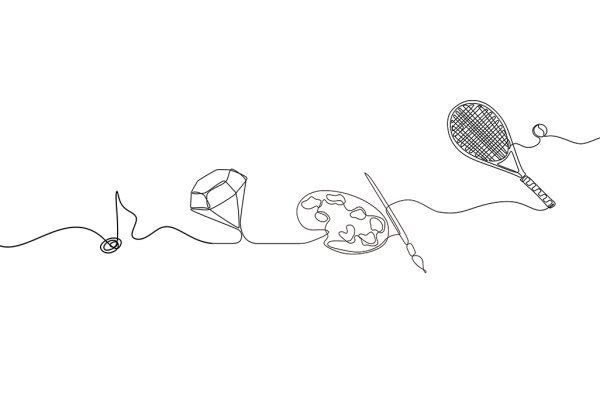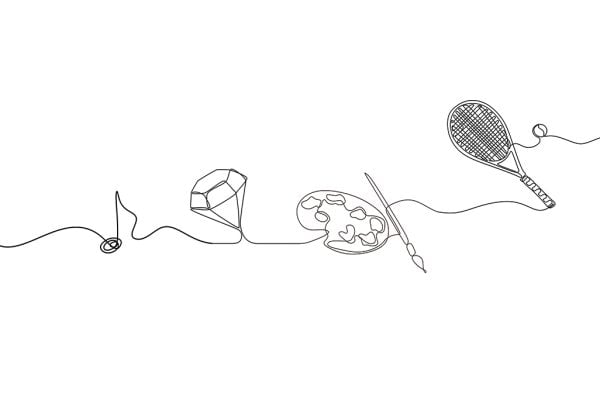Following on from “Best practise listing strategies Part 1: Catalogue” today we’ll look at best practises for titles and item specifics. Tomorrow we’ll look at “Best practice listing strategies Part 3: UPC EAN ISBN“.
80 character listing titles
The new longer titles enable you to more fully describe your item, but remember that only the first 55 characters will be displayed in eBay search.
Think about how to use the characters hidden in eBay search. If you’re listing a book for example it would make sense to include the ISBN in the title using the extra characters. Include alternative product part numbers or EAN/UPC codes. Make sure that the most important information is at the start of your title where buyers will see it in search.
It’s important to include part numbers or EAN/UPC codes as Google now require them for products to be included in Google Shopping so the extended title is a great place to position them.
Terapeak Title Builder
If you’re wondering which keywords would be best for you to use then Terapeak can help. They have written a blog post showing how to use the TeraPeak Title Builder tool. The Terapeak Title Builder will help identify relevant keywords which shows you the keywords that result in the highest sale prices.
Terapeak give the example of a 55 character title “Rare Qbert Table Top Handheld Electronic Arcade Game” which can be extended to 80 characters “Rare Parker Brothers 1983 Qbert Mini Table Top Handheld Electronic Arcade Game“. I’d suggest amending their title to “Qbert Mini Table Top Handheld Electronic Arcade Game Rare Parker Brothers 1983” as only the bold part will show in search – but the whole title will appear on the listing page.
Item Specifics
Whilst it Item Specifics are a pain point for sellers to complete it’s essential to use them if you want your product to be found. Buyers are using the product finder in the left nav bar in search results to narrow their searches on a more and more frequent basis. If your Item Specifics aren’t completed then your listings will be excluded from search results when the nav bar options are clicked.
It’s also important to use the attributes in Item Specifics that match the attributes buyers can choose. When I’m listing on eBay I always search for the item I’m about to list specifically so that I can check the most relevant attributes that buyers can choose from – That’s why I list my laser printers with the item specific “Monochrome” rather than “Black/White”. Personally I have no preference but “Monochrome” is the option buyers are guided towards choosing when they want to buy a printer.
The benefits of listing correctly on eBay
Whilst listing products on eBay is way more complicated than in the “good old days” when I started selling on eBay a decade ago listing correctly will boost your products chance of selling. The chances are that your competition are not listing correctly – they may not match their product against the eBay catalogue. Your competitors may not take advantage of longer titles or if they do they may list important keywords at the end of the title so that it can’t be seen in search results. There’s a high probability that your competitors are either not completing Item Specifics, or if they do that they’re using incorrect attributes which means their products will still be hidden in search results.
Spending the time to list correctly will give you an advantage in search results and ensure that your items will be displayed when a buyer searches for your product and starts to narrow the search results to find the most relevant items.









30 Responses
terapeaks title building tool does not inspire us with confidence ,they may be great at data though their choice of RARE as a keyword in the title example is amatuer,
RARE, is no better than L@@K or WOW
no one searches using them
ebay sellers get the blame for everything these days ,
its not a good example of an effective title regardless
With the increase in characters of the eBay title from 55 to 80 characters, we are reviewing all our llisting titles and the thing that seems to come up is whether to use Title Case or BLOCK CAPITALS. eBay recommend using Title Case as it is easier to read, however, we have and many other sellers use BLOCK CAPITALS – does it really make much difference?
What are everyone’s views on this?
So would RARE look better than rare then 😉
I must admit having used the word rare in the title on an odd occasion, quite simply to distinguish a unique item from a run-of-the-mill item that might be very similar in mould.
facts are adding rare to a title is not best practice , considered by many to be poor ineffective search syntax.
though rare to an area or the seller on ebay often hundreds more are available , so mentioning Rare in a title can make you look simple
Agree that it is daft to mention rare when there are multiple items of the same thing for sale on eBay. However something that is common but in exceptional condition can be RARE.
What about the word MINT ?
Should this be used?
Using MINT means a 1 dsr, a return and a negative feedback
any seller who uses that term is doolally tap
Mint is a condition attribute and has legitimate and proper use in some collectable categories.
It will avoid unnecessary search impressions from buyers looking for ‘used’!
How about
“Vintage After Eights – MINT IN BOX”
or
“Top quality steak – Medium Rare”
There is a point about an item being “RARE” and that is numbers. Let me quote Victorian Pennies. The 1899 Penny had a mintage figure of 26,441,069 and a coin in Uncirculated condition has a catalogue value of £40. The figures for a 1900 are 31,778,109 and £20. But out of the millions minted how many survive in uncirculated condition? Basically the answer is Nobody Knows although some might hazzard a guess but its really only at best an educated guess but it could change significantly in the future.
Why? Well somewhere perhaps in the back of a safe there could be a bag of coins that for some reason were never put into circulation. But 1899 and 1900 coins in very worn condition in the lower grades are quite common. But even with them nobody knows how many survived.
After all 31 million in 1900. Then there was all the losses over the years. We had after all two World Wars. Then at the end of the £sd era huge numbers of coins were collected in and melted down. So how many survived? A few thousand, tens of thousands, hundreds of thousands? Quite frankly any number quoted is a guess.
Also with 1900 Pennies because it was the start of the New Century(unless you believe that 1900 is in fact the end of the 19th Century and 1901 is the start of the 20th Century)then it is likely that many were put away as “keepsakes”. This could explain why 1900 coins have a much lower value than 1899 coins(and not just the higher mintage figure). But what we can justify is that Uncirculated Victorian Pennies can certainly justify the term “RARE” but the same coin in a lower grade such as Fine or VG certainly could not.
whatever Rare is , its still a highly suspect term when used in an ebay title